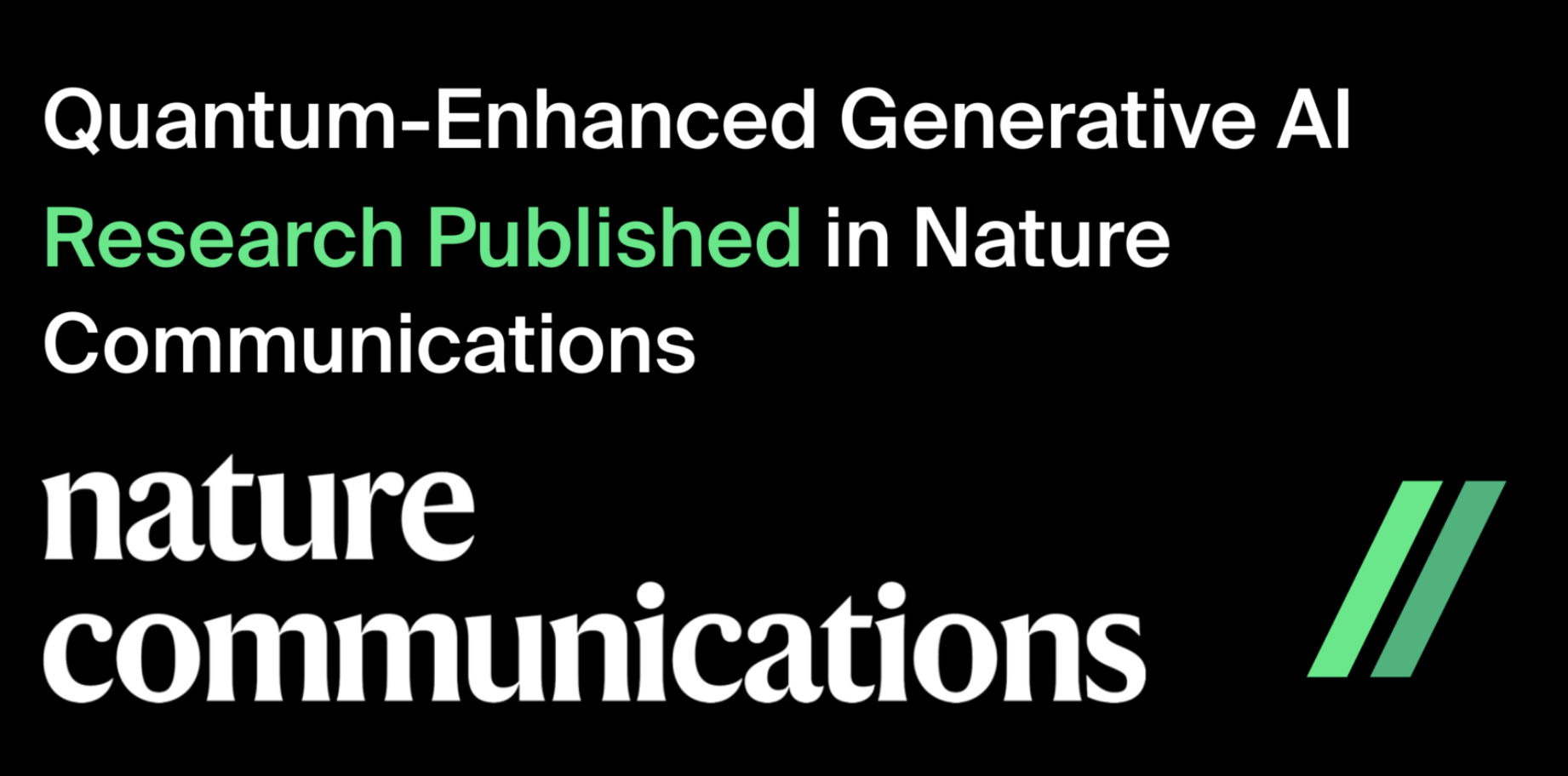Insider Brief
- Zapata AI researchers demonstrates how quantum circuits can extend and complement the capabilities of classical generative AI.
- The researchers published their findings in the Nature Communications.
- The work builds on Zapata AI’s growing portfolio of quantum techniques for generative AI.
PRESS RELEASE — Zapata Computing, Inc. the Industrial Generative AI company, announced that its research in quantum-enhanced Generative AI has been published in the prestigious Nature Communications journal. The article, titled “Synergistic pretraining of parametrized quantum circuits via tensor networks,” demonstrates how quantum circuits can extend and complement the capabilities of classical generative AI.
The research was published online on December 15th and can be accessed here.
“We are extremely proud of the talented researchers who contributed to this groundbreaking work,” said Christopher Savoie, CEO and co-founder of Zapata AI. “Quantum techniques can bring tremendous advantages to enterprise generative AI applications, and this research shows how we can make the most of the resources we have today to realize those advantages. It is no longer a question of quantum vs. classical, but rather how the two can be used synergistically together to get better results, faster. We are looking forward to applying this research in our work with enterprise customers.”

The work builds on Zapata AI’s growing portfolio of quantum techniques for generative AI. These quantum techniques offer several advantages for enterprise problems, including compressing large, computationally expensive models; speeding up time-consuming and costly calculations; and more diverse, higher quality outputs for generative AI. More details on how quantum science can enhance generative AI can be found in a recent Zapata AI blog post.
“Our work combines the complementary strengths of quantum and classical computers to reach better results than either type of hardware on its own,” said Jacob Miller, Quantum Research Scientist at Zapata AI. “People often think that quantum and classical technologies are in competition with each other, but we show that classical methods can actually help overcome a major limitation in the optimization of quantum devices. We hope our “synergistic” approach can start to unlock the true potential of present-day quantum technologies for solving intractable computational problems.”
“In our Nature Communications article, we showcase how tensor networks, traditionally used in classical algorithms, form a critical bridge to quantum algorithms, offering a unique synergy,” said Jing Chen, a Senior Quantum Scientist at Zapata AI who authored the paper along with Manuel Rudolph, Jacob Miller, Daniel Motlagh, Atithi Acharya, and Alejandro Perdomo-Ortiz. “This integration not only enhances both fields but also notably alleviates the challenges of barren plateaus in quantum computing. Our approach fosters collaboration, leveraging the strengths of classical and quantum methods to address complex problems more effectively.”
For more market insights, check out our latest quantum computing news here.


















